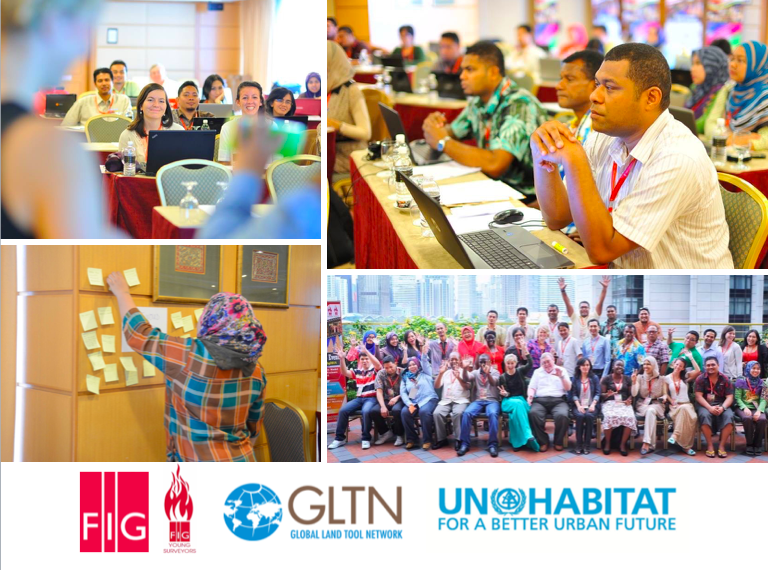

- By invitation only
In pursuance of developing, testing and disseminating pro-poor and gender responsive approaches with regard to land, innovative land tenure security, affordable land management/administration systems, and land related regulatory/legal frameworks and tools, the Global Land Tool Network (GLTN), facilitated by UN-Habitat, has developed the Social Tenure Domain Model (STDM). STDM is a pro-poor, participatory and affordable land tool for capturing person/s to land relationships cognizant of the continuum of land rights. STDM, as it stands, seeks to broaden the land administration framework by providing alternative approaches to the institutional, technical and fiscal gap in conventional land administration systems. It is based on open source technologies thus making the tool available to all and the concept adheres to underlying principles of the Land Administration Domain Model (LADM) ISO standard.
The session will introduce GLTN and its land tools including STDM. Participants will be taken through its concept, background, implementation process, application areas and be given a short hands-on demonstration of its main functionality. At the end of the event and based on the brief introduction, young surveyors will be invited to share the possible applications of the tool/s in their own country contexts. The event will also provide a platform through which young surveyors, who have been involved in STDM country implementation, to share their experiences. The session also aims to create a pool of young land professionals who will be able to provide the needed technical support for applying STDM at country level.
Objectives:
Programme:
| Time | Activity | Facilitator |
| 09:15 – 09:30 |
|
Eva-Maria
Unger, FIG Young Surveyors Network |
| 09:30 – 10.00 |
|
Oumar Sylla
Danilo Antonio, UN Habitat GLTN |
| 10:00 – 10:30 |
STDM technical walkthrough:
|
John Gitau, UN Habitat GLTN |
| 10:30 – 11:00 | Health Break | |
| 11:00 – 12:30 |
|
John Gitau, UN Habitat GLTN |
| 12:30 – 13:45 | Lunch Break | |
| 13:45 – 15:30 |
|
John Gitau, UN Habitat GLTN |
| 15:30 – 16:00 | Health Break | |
| 16:00 – 17:00 |
|
John Gitau, UN Habitat GLTN |
| 17:00 – 17:15 |
|
Eva-Maria
Unger, FIG Young Surveyors Network |